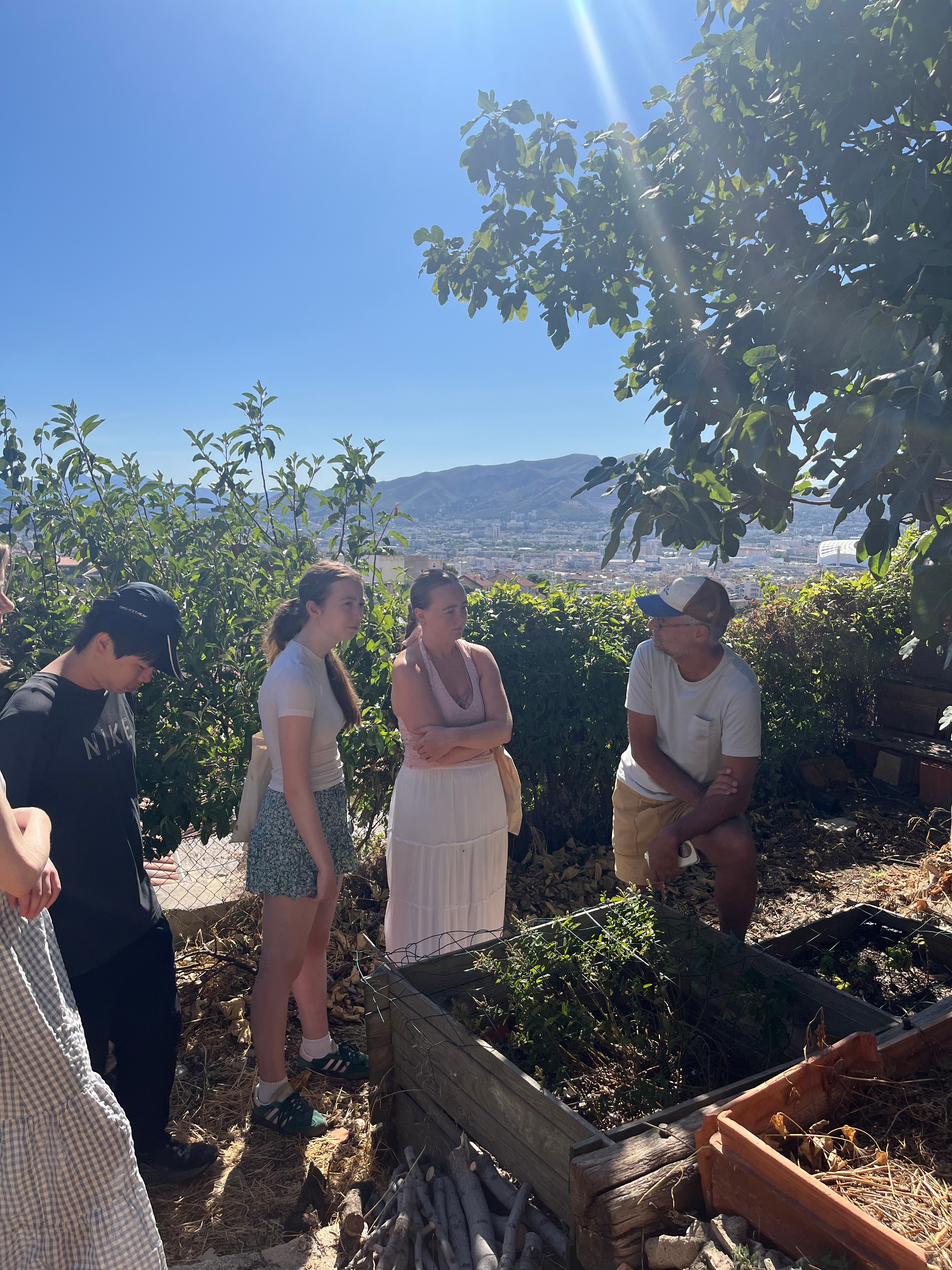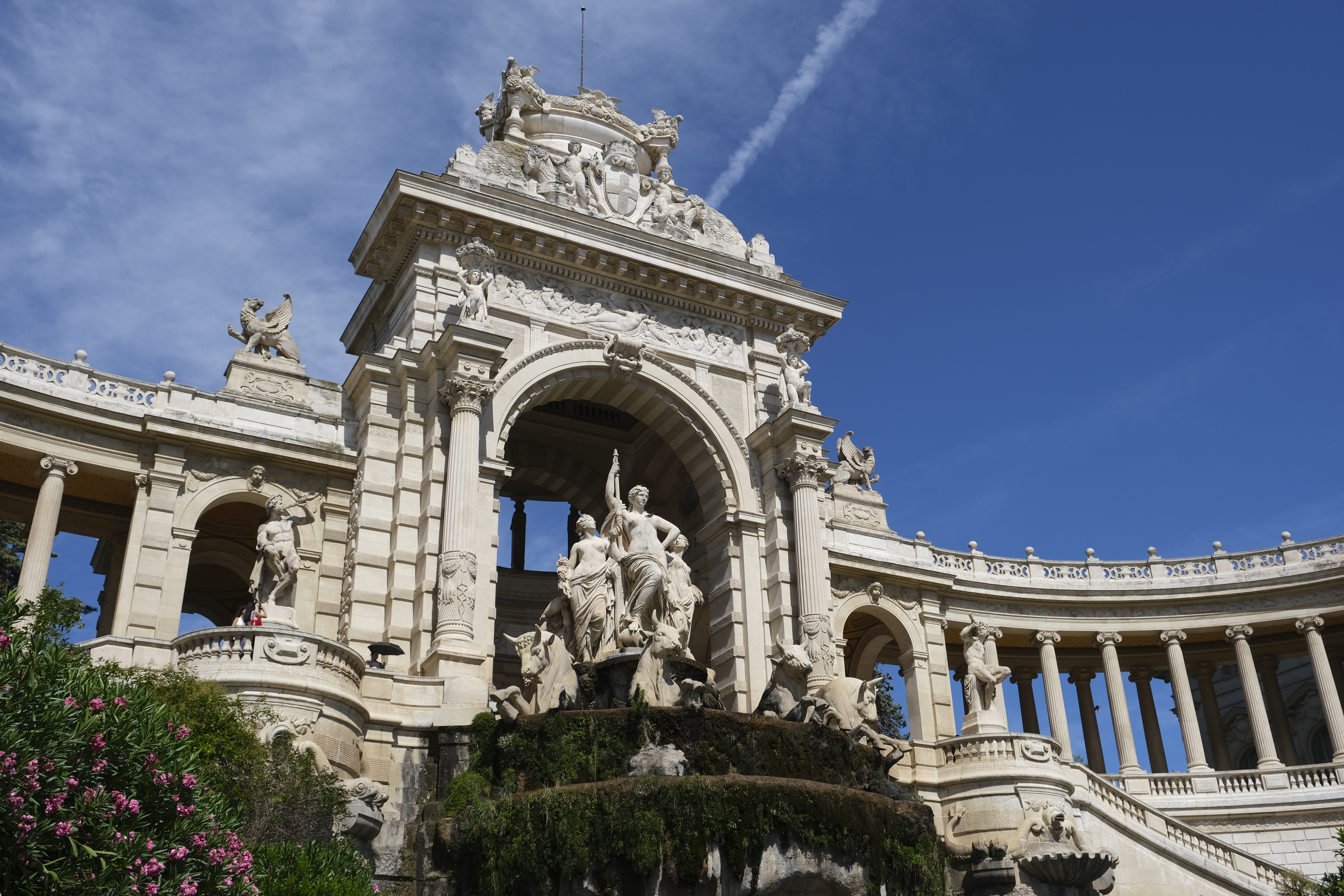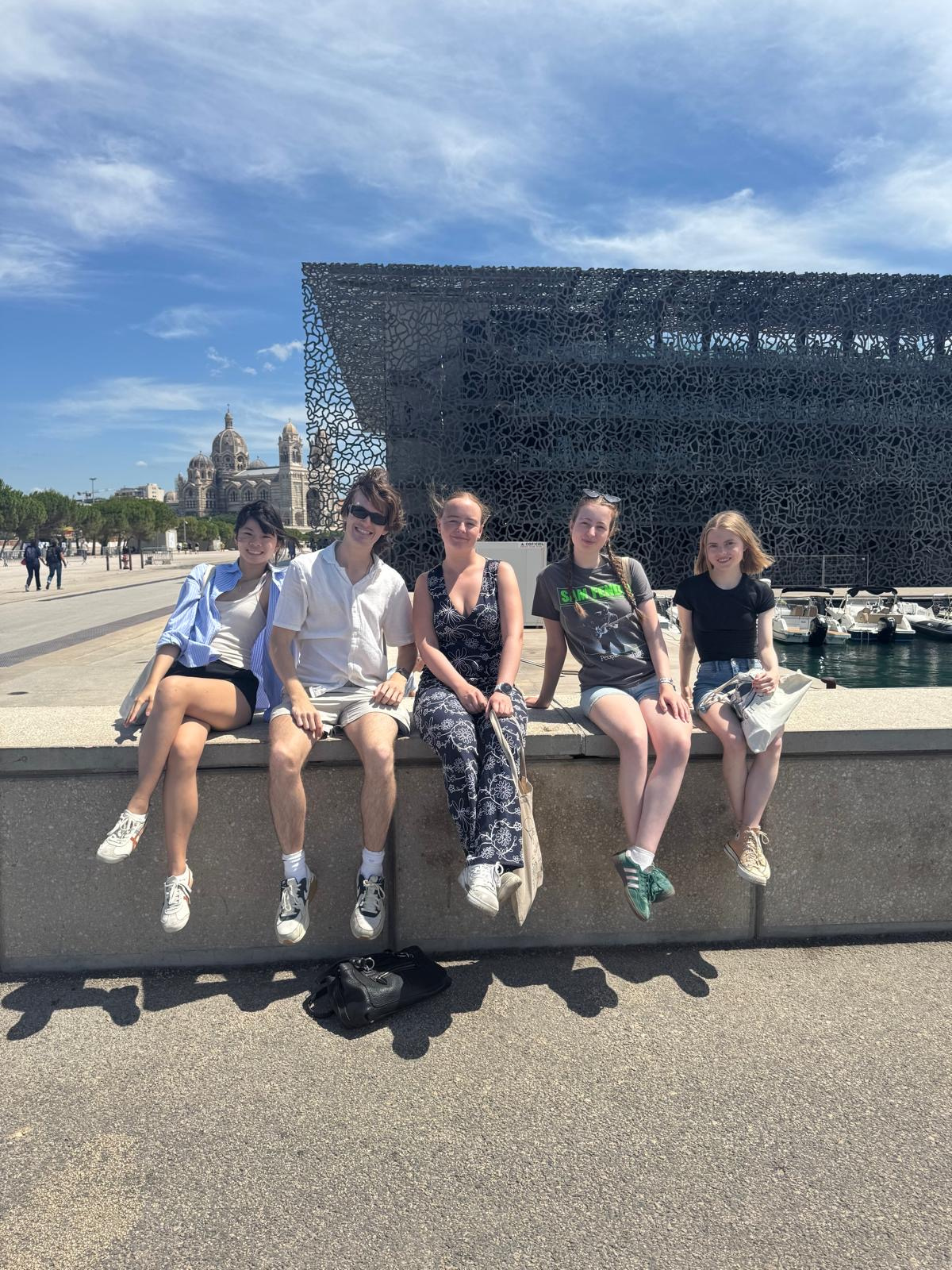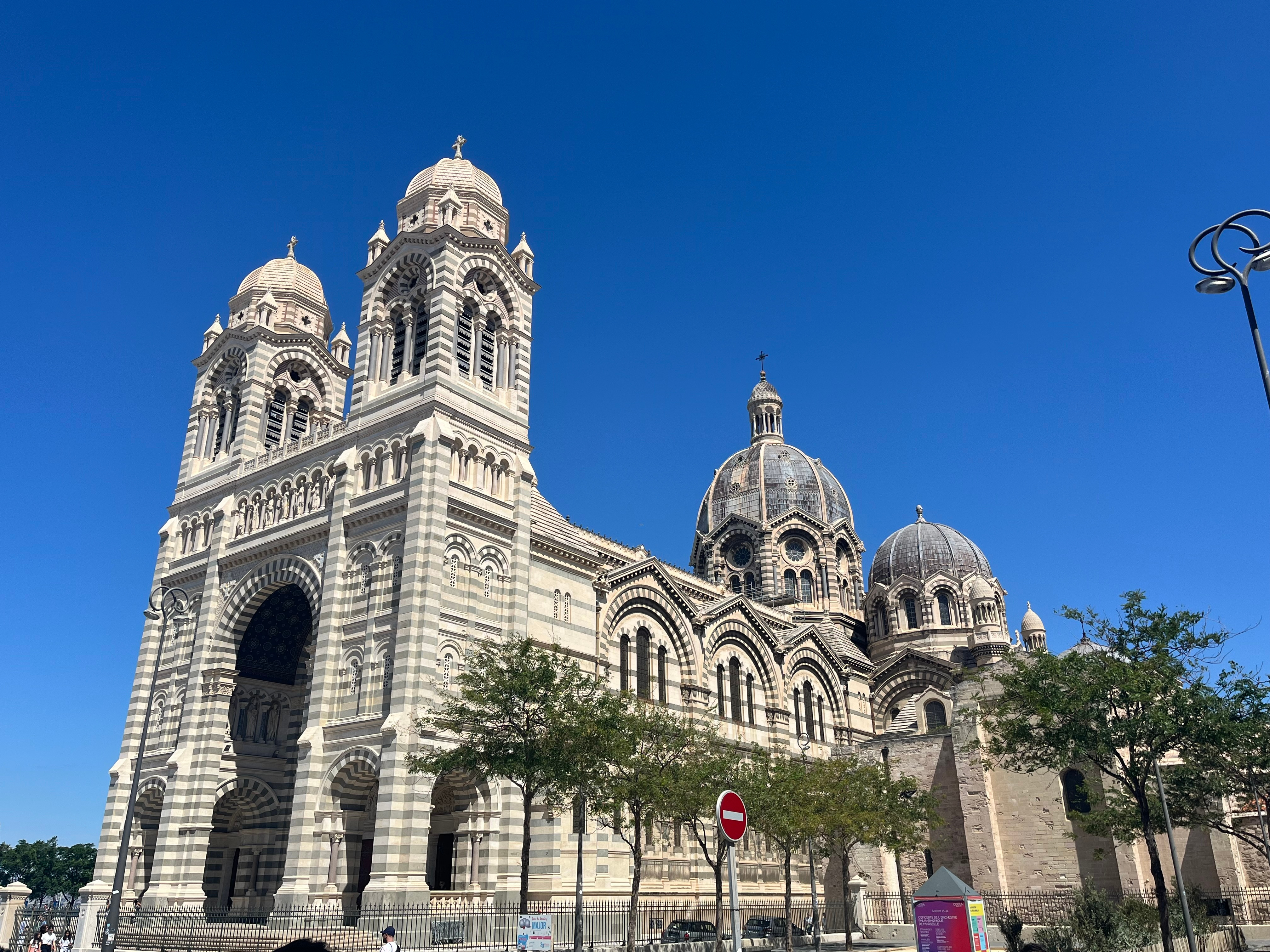LiA W3 - Community Building & Ideation

This week’s theme is “starting the ideation process”. This week, I mainly started the research process for our deliverables and attended centrally organised workshops and events by Makesense France.
We started the week with an incredibly informative and inspiring workshop on “How to Build a Community” by Tinou from Makesense France. We explored the themes of community vs. network, what are the missions of a community, why people join a community and how to manage a community. My biggest takeaway of the session - the volunteer journey - describes how NGOs and institutes can fulfil the goals of volunteers, through providing opportunities for leadership and or a sense of belonging to volunteers, as they help institutes to achieve their goals.
On Tuesday, we visited a community garden run by a local neighbourhood. We were kindly hosted by Pascal, the person-in-charge, who introduced us to the running logistics of the garden and the struggles they face for maintaining and taking care of the garden due to the lack of a gardening expert and the busy schedules of the community members. Staying on this week’s theme, we had an ideation workshop and group coaching session with Emma from Makesense during the week. It was a helpful workshop to brainstorm ideas with the team and to make sure everyone is on the same page.
On Wednesday, we characterised the waste collected from last Friday’s beach clean-up according to the highest level of characterisation method by MerTerre. It was shocking to know that it took us around 2.5 hours just to characterise less than 5kg of waste. We had to characterise the waste that we collected into more than 260+ categories, such as hard plastics, flimsy plastics, plastics from food wrappers, bottle labels, aluminium foil, bottle caps, medical-related waste, etc. Terrifyingly, from a tiny beach and less than 5kg of waste that we collected, there were 317 cigarette butts. Though tiring, I feel that this was the most brutal and straightforward way of realising the main culprits of pollution and the impact of littering and pollution on marine and coastal environments.
We then had Anne-Christelle, an expert in the textile and fashion industry, introduce us to the unexpected ecological impact of textiles. Though one might not expect their clothes to end up in the ocean through recycling or donating their old clothes, we unknowingly release microplastics into water from washing and wearing clothes made from polyester, especially from fast fashion brands. This sewage ends up discharged into streams and rivers and ultimately ends up in the ocean. The microplastics and nanoplastics eventually end up sedimenting on the ocean bed, making them one of the habitats with the highest concentration of microplastics and ultimately affecting the biodiversity of marine animals living on the sea bed.
Apart from work, we also took the time when meeting our local referent, on weekends and after working hours, to explore Marseille, visiting places such as Le Panier, Frioul island, Cathédral Le Major and the Mucem.
Even Better If
Though this week was eventful and packed with workshops to attend, as we shift our focus to working on our deliverables, we wish that there was more time that would allow us to work independently. Thankfully, we had the flexibility to arrange our meetings with the NGOs only when needed, and there will be more independent time to work beginning next week.
One of the struggles of our team is understanding the needs of MerTerre and what the best things we could do for them are in the short, limited time. However, through meetings with them and internally with my teammates, we have a plan in mind that we can hopefully construct a solid plan for the deliverables within the next week.







Please sign in
If you are a registered user on Laidlaw Scholars Network, please sign in